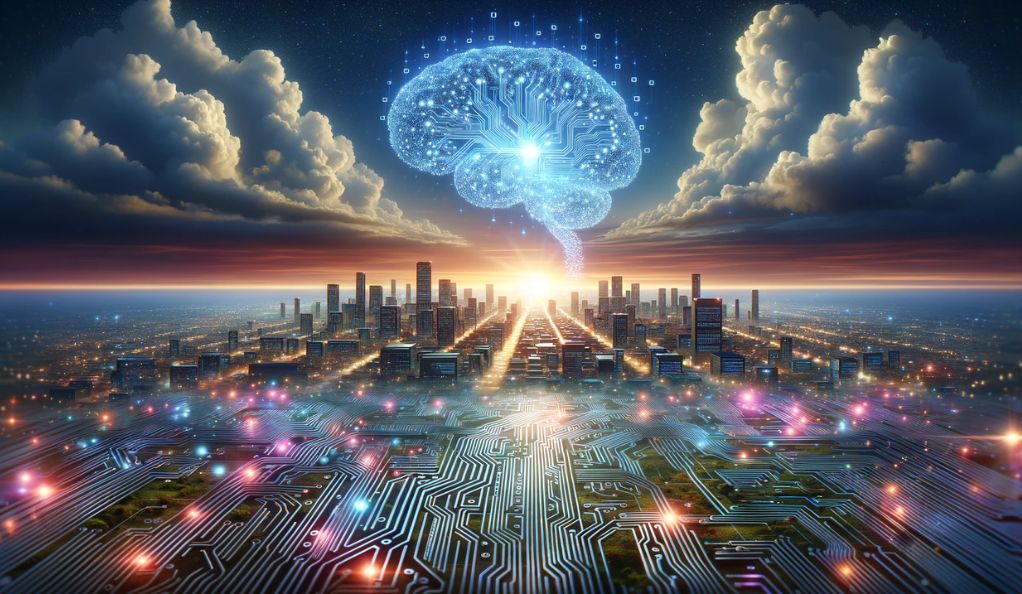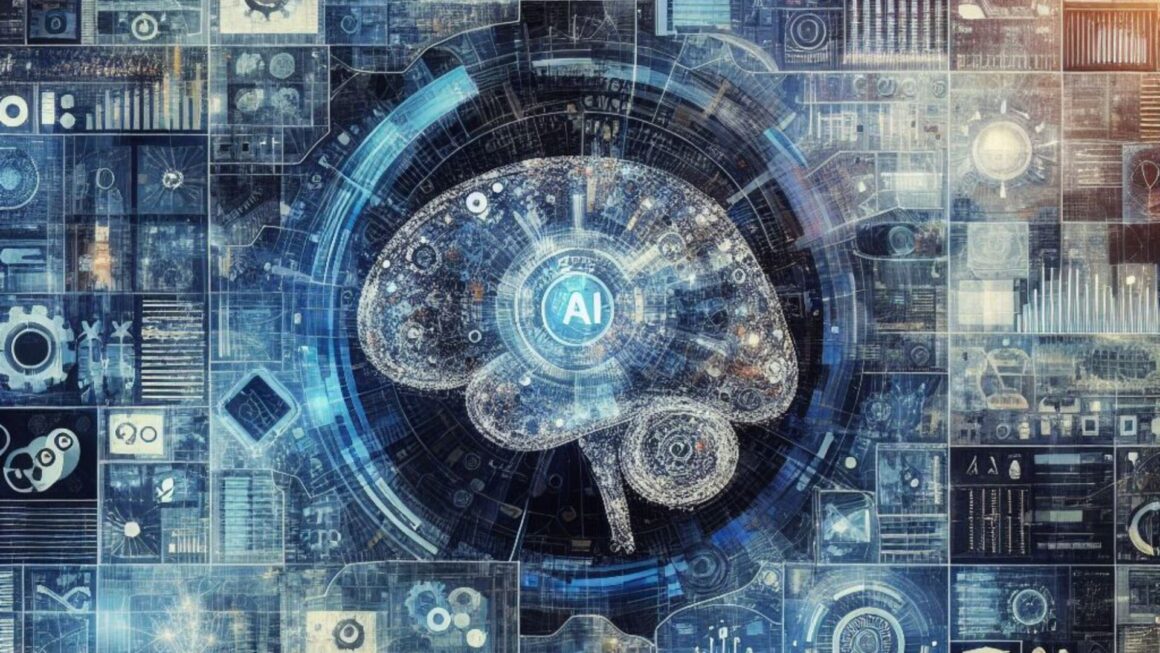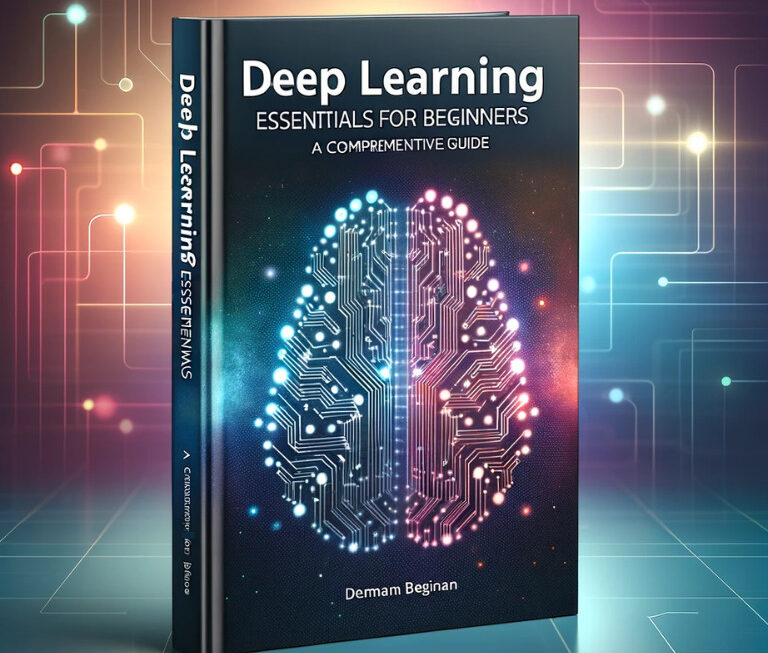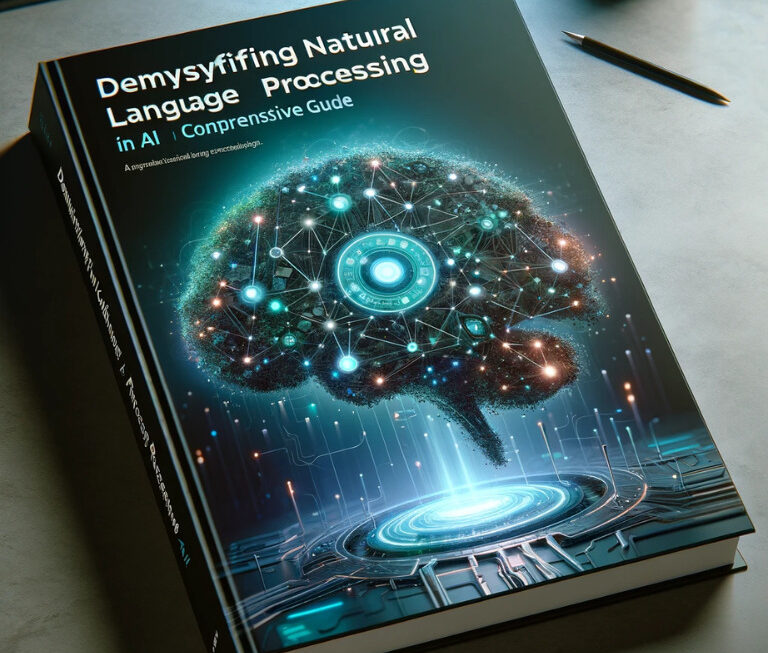The landscape of software development is undergoing a seismic shift, with artificial intelligence (AI) at the epicenter of this transformation. As we stand on the cusp of a new era, AI is not just an auxiliary tool but is rapidly becoming the backbone of software development, particularly in Software as a Service (SaaS) and platform development. This revolution is not merely about automating tasks; it’s about redefining how we conceive, design, and deliver software solutions.
The Dawn of AI in Software Development
AI’s integration into coding practices is not a futuristic concept—it’s the current state of play. Machine learning algorithms and AI models are now integral components that drive efficiencies and innovation across various business processes. The traditional methods of software development are being challenged by AI’s ability to learn, adapt, and execute at a pace unattainable by human coders alone.
AI: The Backbone of SaaS and Platform Development
In the realm of SaaS, AI is the silent engine propelling a new wave of solutions that are smarter, more responsive, and continuously evolving. AI’s role extends beyond mere features; it is the foundation upon which modern platforms are built. This shift is evident in the way development teams are leveraging AI to:
- Automate Routine Tasks: AI algorithms are taking over the mundane, repetitive aspects of coding, allowing developers to focus on more strategic tasks.
- Enhance Decision-Making: AI’s predictive capabilities are being used to make informed decisions about feature development and bug fixes.
- Facilitate Rapid Prototyping: AI tools can quickly turn concepts into functional proofs of concept (POCs), accelerating the development cycle.

AI’s Impact on Software Development Phases
| Development Phase | Traditional Approach | AI-Enhanced Approach |
|---|---|---|
| Conceptualization | Manual brainstorming | AI-driven ideation |
| Design | Static prototypes | Dynamic AI POCs |
| Coding | Handwritten code | AI code generation |
| Testing | Manual testing | Automated AI testing |
| Deployment | Scheduled releases | Continuous delivery |
| Maintenance | Reactive fixes | Proactive AI updates |
The AI-Enhanced Development Cycle
The development cycle is being reimagined with AI’s capabilities. From the initial ideation to deployment and maintenance, AI is streamlining the process:
- Ideation: AI tools are now capable of suggesting innovative features and improvements by analyzing user data and behavior patterns.
- Design & Prototyping: With AI, prototypes are not just visual representations but are functional units that can be tested and iterated upon in real-time.
- Coding: AI-driven code generators can produce clean, efficient, and error-free code, significantly reducing development time.
- Testing: AI-powered testing tools can autonomously detect and rectify errors, ensuring a robust final product.
- Deployment: AI facilitates continuous integration and delivery, enabling a seamless flow from development to production.
- Maintenance: Predictive AI models can foresee potential issues and suggest preemptive fixes, ensuring the longevity and reliability of software solutions.
As AI continues to evolve, it’s clear that the future of coding will be characterized by intelligent collaboration between human developers and AI systems. The role of the developer is not diminishing but rather evolving to meet the demands of an AI-driven world. The developers who will thrive are those who embrace AI as a partner in the creative process, leveraging its strengths to enhance their own.
In this AI-driven revolution, the key to success lies in adaptability and the willingness to embrace new methodologies that AI brings to the table. As we delve deeper into the AI-enhanced future of coding, it’s essential to understand how these technologies will shape not just the way we code, but the very nature of the software we create.
The Agile Evolution: AI as the Catalyst for True Continuous Delivery
Agile methodology has long been the gold standard for software development, emphasizing flexibility, customer feedback, and iterative progress. However, the reality for many organizations has fallen short of the true agility that the methodology promises. AI is set to bridge this gap, transforming agile from an aspirational framework into a tangible practice characterized by genuine continuous delivery.
Overcoming Traditional Agile Limitations with AI
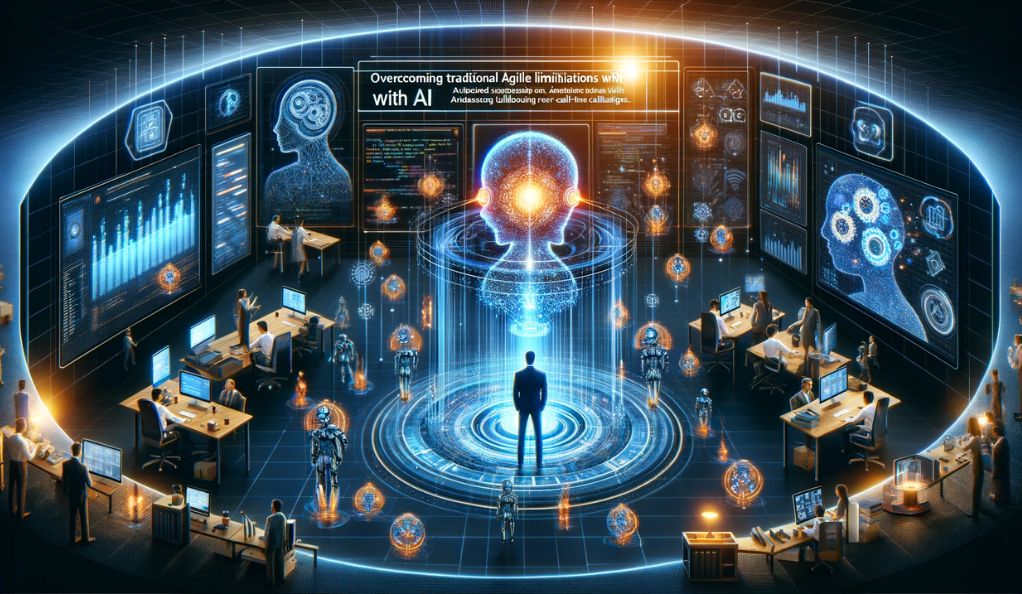
Traditional agile development often stumbles on the unpredictability of human factors and the complexity of manual processes. AI streamlines these processes by:
- Automating Predictable Tasks: Routine and predictable tasks are automated by AI, allowing teams to allocate more time to tackle complex problems that require human ingenuity.
- Enhancing Collaboration: AI tools can facilitate better communication and collaboration within teams, ensuring that everyone is aligned and moving in the same direction.
- Providing Real-Time Insights: AI’s ability to analyze data in real-time helps teams to make informed decisions quickly, keeping projects moving forward without delays.
Intelligent Automation and Its Impact on Software Delivery
Intelligent automation is the cornerstone of AI’s impact on agile development. It encompasses a range of tools and technologies that can:
- Automate Code Generation: AI can generate code for common patterns and functionalities, reducing the time developers spend on boilerplate code.
- Facilitate Continuous Integration/Continuous Deployment (CI/CD): AI enhances CI/CD pipelines by predicting the outcomes of changes, allowing for safer and more frequent releases.
- Optimize Resource Allocation: AI can predict project bottlenecks and suggest optimal resource allocation, ensuring that the right people are working on the right tasks at the right time.
True Agile Made Possible with AI
With AI serving as an extension of the software delivery team, the agile principle of continuous improvement becomes a lived reality. Intelligent automation enables:
- Continuous Flow of Delivery: Changes are delivered in a continuous flow, enabling a seamless transition from development to production.
- Adaptive Planning: AI’s predictive models allow for more adaptive planning, accommodating changes and new information as the project progresses.
- Quality Assurance: Built-in and evolving test automation ensures quality at every stage, increasing the velocity at which software can be delivered.
The integration of AI into agile practices is not just a minor upgrade; it’s a complete overhaul of the development process. It allows teams to move beyond the limitations of manual processes and embrace a future where software delivery is as fluid and dynamic as the market it serves. As AI continues to mature, its role in enabling true agile development will only become more pronounced, leading to faster, more efficient, and more effective software delivery.
The Transformation of Software Development Roles
As AI reshapes the landscape of software development, the roles within development teams are also undergoing a significant transformation. This evolution is not about replacing humans but rather about augmenting and enhancing their capabilities, allowing them to assume more strategic, creative, and impactful roles.
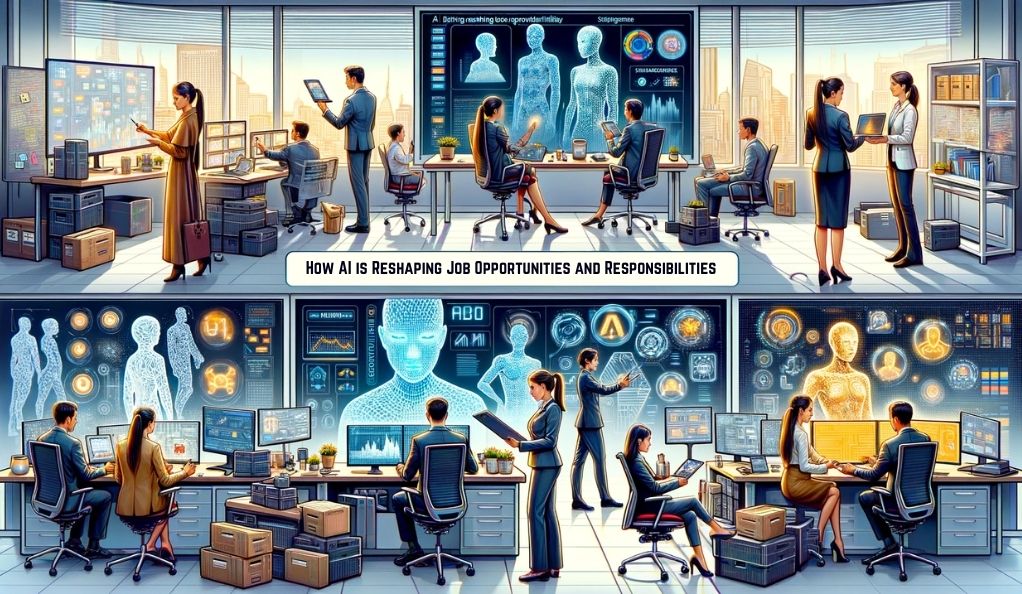
How AI is Reshaping Job Opportunities and Responsibilities
The infusion of AI into software development is creating new niches and specialties while simultaneously transforming existing ones:
- Business Analysts as Strategic Drivers: The role of the business analyst is being elevated from one of gathering and specifying requirements to one that drives business strategy. AI can automate the creation of user stories and acceptance criteria, allowing analysts to focus on assessing AI-generated ideas and ensuring they align with business goals.
- Interaction Designers Taking the Lead Over UI Designers: As AI begins to handle more of the visual design through automated systems, the role of the UI designer is giving way to that of the interaction designer. These professionals will guide AI in creating user experiences that are not only visually appealing but also intuitive and effective.
- Software Architects as AI Empowerment Leaders: Software architects are finding their roles expanding as they leverage AI to build and enforce coding standards and development processes. They are becoming the orchestrators of AI in platform engineering, ensuring that AI tools are effectively integrated into the development workflow.
The Rise of New Roles Such as Test Architects and Interaction Designers
The advent of AI is heralding the creation of entirely new roles within the software development sphere:
- Test Architects as Quality Guardians: With the increasing complexity of software, the role of test architects is becoming crucial. They are responsible for designing and maintaining sophisticated test architectures that ensure software quality from end to end.
- Interaction Designers as Experience Shapers: Interaction designers are taking center stage in creating the flow and feel of software, guiding AI to ensure that the user experience is seamless across various platforms and devices.
AI-Driven Design Systems and Code Generation
The future of software design and development is being significantly influenced by AI’s ability to automate and innovate:
- Dynamic Design Systems: AI is enabling the creation of design systems that can dynamically adapt to changing user needs and behaviors, allowing for a more personalized user experience.
- Self-Building POCs: AI can now autonomously build functional proofs of concept, allowing for full-feature testing and rapid iteration early in the development process.
Empowering Developers and Businesses with AI
The integration of AI into software development is empowering developers and businesses alike:
- Developers are Unleashed: Freed from the tedium of repetitive tasks, developers can focus on solving more complex problems and innovating.
- Businesses are Empowered: Companies can leverage AI to rapidly bring ideas to fruition, driving growth and staying ahead of the competition.
Testing in an AI-Dominated Landscape
In the AI-dominated landscape of software development, testing is no longer a final hurdle but a continuous, integral part of the development lifecycle. The role of testing is expanding, becoming more complex and critical as software systems become more intelligent and self-evolving.
The Critical Role of Continuous Testing in AI-Driven Development
Continuous testing is the heartbeat of AI-driven development. It ensures that as AI systems learn and adapt, they do not deviate from expected behaviors or introduce new errors. This continuous process involves:
- Autonomous Testing: AI-powered testing tools can autonomously execute and analyze the results of tests, learning from past data to improve future test cases.
- Real-Time Issue Detection: AI can monitor applications in production, detecting and diagnosing issues in real-time, often before they impact the user.
- Predictive Analysis: By analyzing trends and patterns, AI can predict potential future failures, allowing teams to proactively address issues before they manifest.
How Test Architecture is Becoming a Key Player
As the complexity of software increases, so does the need for sophisticated testing frameworks. Test architects are emerging as key players in the development process, responsible for:
- Designing Test Architectures: Creating comprehensive test strategies that encompass unit, integration, system, and acceptance testing.
- Maintaining Test Suites: Ensuring that test cases are up-to-date, relevant, and capable of covering the full breadth of the software’s functionality.
- Evolving Testing Practices: Continuously refining testing practices to keep pace with the advancements in AI and software development techniques.
The Human Element: Collaborating with AI in Software Development
The collaboration between human developers and AI systems is becoming increasingly symbiotic. Developers are not being replaced; rather, their roles are being enhanced by AI, allowing them to achieve more than ever before.
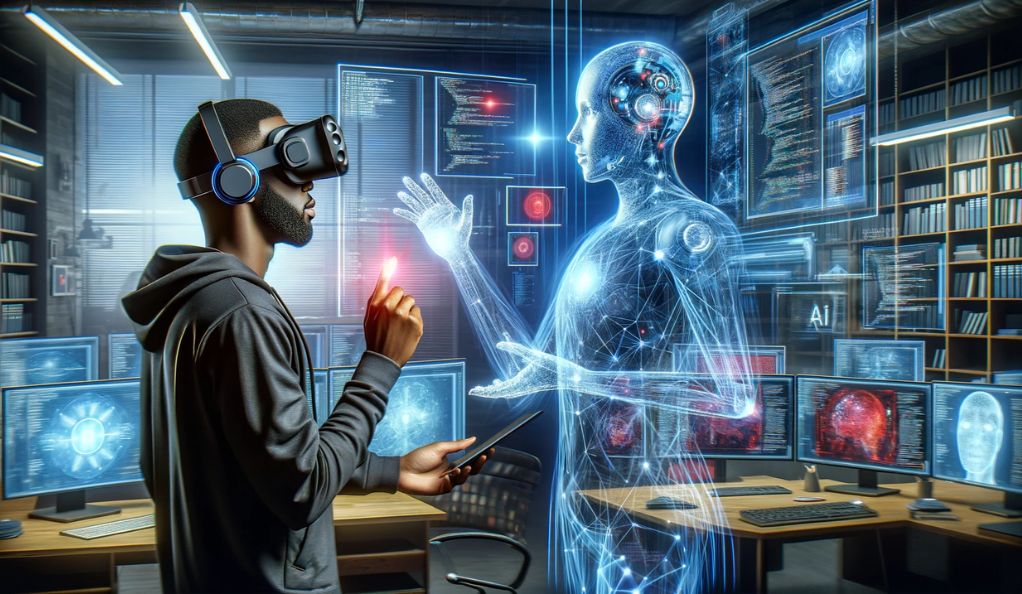
- Augmenting Human Creativity: AI tools provide developers with the insights and automation needed to unleash their creativity, solving problems in innovative ways.
- Enhancing Developer Efficiency: By taking over routine tasks, AI allows developers to concentrate on strategic initiatives and high-value work.
- Facilitating Continuous Learning: As AI evolves, it encourages developers to continuously learn and adapt, ensuring that their skills remain relevant in an ever-changing technological landscape.
In the era of AI-driven development, testing is not just about finding bugs; it’s about ensuring that the software can grow and adapt safely in a dynamic environment. It’s about guaranteeing that as AI systems become more autonomous, they also remain reliable and trustworthy. The future of software development is one where AI and humans work in concert, with AI handling the routine and humans guiding the vision, ensuring that the software we rely on not only functions but thrives in the complex, real-world scenarios it will face.
The Human Element: Collaborating with AI in Software Development
The integration of AI into software development heralds a new age of collaboration between human intellect and machine intelligence. This partnership is not about competition but about capitalizing on the unique strengths of both to achieve outcomes that were previously unattainable.
Developers and AI: A Symbiotic Relationship
Developers are finding that AI is a powerful ally in the coding process. AI excels at processing vast amounts of information and identifying patterns, which complements the creative and strategic thinking of human developers. This collaboration manifests in several ways:
- Enhanced Problem-Solving: AI can suggest multiple approaches to a problem, which developers can refine and contextualize based on their understanding of the broader project goals.
- Refined Code Quality: AI-driven code reviews can spot potential issues that might escape even the most vigilant human eye, leading to higher quality and more maintainable code.
- Accelerated Development Cycles: With AI handling routine coding tasks, developers can focus on more complex aspects of the project, speeding up the development cycle without sacrificing quality.
Augmenting Human Creativity and Efficiency
The true power of AI in software development lies in its ability to augment human creativity and efficiency. AI can take on the heavy lifting of data analysis, allowing developers to engage more deeply with the creative aspects of software design and problem-solving. This partnership enables:
- Innovative Design Thinking: Developers can leverage AI to explore new design paradigms, creating more intuitive and user-friendly interfaces.
- Strategic Project Management: AI’s predictive capabilities help project managers to allocate resources more effectively and anticipate project risks.
- Personalized User Experiences: Developers can use AI to tailor applications to the needs of individual users, creating a more personalized and engaging experience.
The Evolving Partnership Between Developers and AI
As AI technologies advance, the partnership between developers and AI is evolving. Developers are learning to trust AI’s recommendations and insights, using them to inform their decision-making processes. This evolving partnership is characterized by:
- Mutual Learning: Just as AI learns from data, developers are learning how to work alongside AI, understanding its capabilities and limitations.
- Shared Goals: Both developers and AI are working towards the same objective: creating software that is robust, efficient, and delivers value to users.
- Continuous Improvement: The combination of AI’s analytical abilities and developers’ creative thinking leads to a cycle of continuous improvement in software development practices.
Conclusion: Embracing the AI-Enhanced Future of Coding
As we embrace the AI-enhanced future of coding, it is clear that the role of the software developer is not being diminished but is instead being elevated. AI is taking on the role of an intelligent assistant, handling the routine and repetitive, while developers focus on the strategic and innovative. This partnership is leading to the creation of software that is not just functional but intelligent, adaptable, and deeply aligned with human needs and behaviors.
The future of coding with AI is not a distant dream; it is a rapidly unfolding reality. It is a future where the boundaries of what can be achieved are continually expanding, driven by the combined forces of human creativity and AI intelligence. For businesses, developers, and users alike, this future promises software that is more powerful, more intuitive, and more capable of driving growth and innovation in an increasingly digital world.

